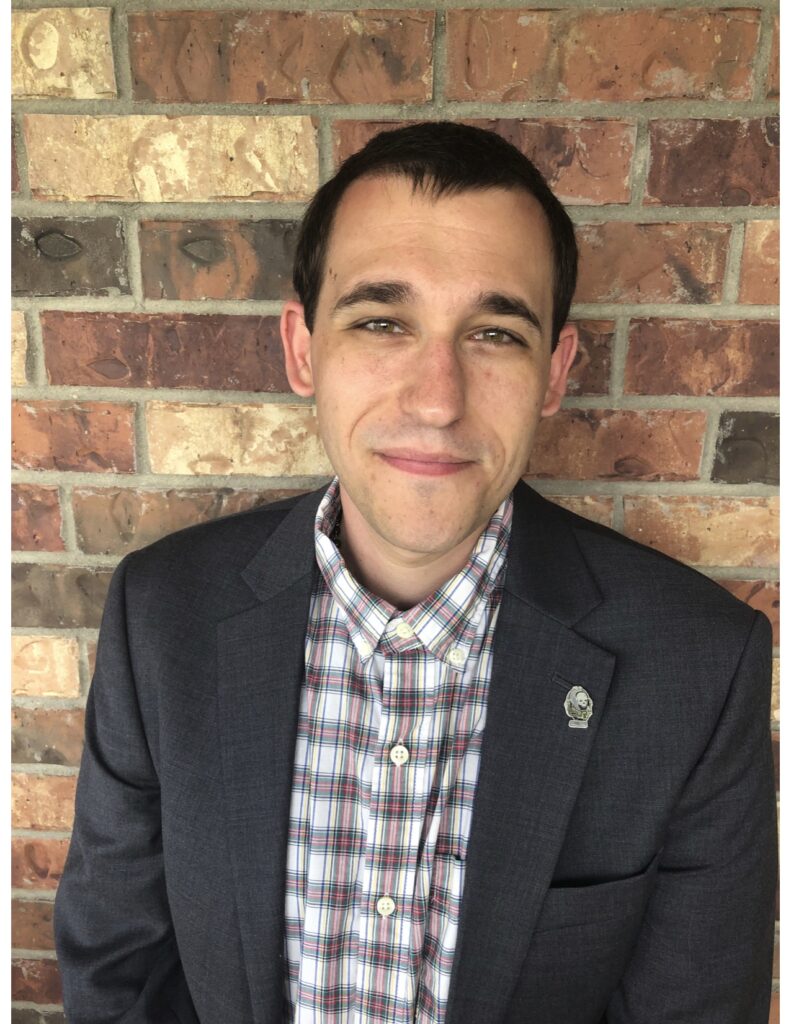By Alan Cunningham
Viewing Critical Infrastructure and Key Resources (CIKR) as systems as a network is quite beneficial to the study of national and human security initiatives, especially when viewing complex CIKR systems, as the entire chapter of our text details.
Ted Lewis’ book Critical Infrastructure Protection in Homeland Security: Defending a Networked Nation further defines a complex CIKR system as being “a collection of components or parts—CIKR assets—that are interrelated, interdependent, and linked through many interconnections and behave as a unified whole in adapting to changes in the environment… The dynamic interaction among CIKR assets and these environmental factors [threat, efficiency, regulation, cost, NIMBY, and demand] is what makes complex CIKR systems complex. The complexity theory is especially useful for the study of CIKR because most infrastructure systems appear to be simple structures—roads, bridges, pipelines, power lines, communication links, transportation networks, etc.—but in practice, they have been found to behave like well-known complex systems”.
The text goes into further detail by noting that these complex systems are known to evolve over long periods of time, behave unpredictably and act like a sand pile at times when under increased stress. As well, our text describes how there are multiple ways to look at complex systems and varying degrees of different networks with which to use and study security events.
To quote Lewis again, “random networks are formed by randomly connecting pairs of nodes together. Links are distributed according to a binomial distribution. Scale-free networks are networks containing a hub with many connections and many nodes with few connections. Its links are distributed according to a long-tailed power law.
Clustered networks have no particular link distribution; instead, their nodes are more tightly connected to one another in local clusters. The cluster coefficient is high in a clustered network because the nearest neighbors of a node are connected to each other. Clusters are typically connected to one another through a sparse number of “long-distance” links. Therefore, clustered CIKR networks contain densely linked nodes connected to one another through one or two “long-distance” links.”
It is my belief that looking at CIKR systems via networks is a beneficial concept and one that offers many benefits. Viewing such systems through a more complex, mathematical formula offers many solutions, such as in the event of a natural disaster or hacking of sensitive government servers.
Using a mathematical formula to determine risk will help in determining how exactly an event occurred, what vulnerabilities were in the system or area prior to the disaster, what must be fixed to solve the current problem, and how to prevent another such attack or disaster. Through this system, the ability to properly identify what caused a disaster and prevent another one is readily available and, arguably, more clear than any other way of determining risk.
Take, for example, the 2005 Hurricane Katrina natural disaster. When the levees broke, it was already well-known in certain circles that it was only a matter of time before they did and that the damage would be catastrophic. While there has been much emphasis placed on the ways to prevent the disaster that occurred politically, there has also been a discussion of how to prevent the disaster itself, the levees failing, and the overall disaster.
In terms of fixing the disaster itself, the experts turn to mathematics to try and explain how the disaster occurred, how it could be fixed, and how to prevent it in the future. The formulas discussed, and the complex systems networks are very beneficial in terms of dealing with natural disasters and national/human security matters by allowing scientists, government officials, and the general populace a better starting point for future problems that may arise.
Alan Cunningham is a graduate of both Norwich University and the University of Texas at Austin. He plans to enter the US Armed Forces as an Officer in 2022. He has been published in various national security publications including Security Magazine, the U.S. Army War College’s War Room, and The Crime Report.
.
.
.
Follow Brilliance Security Magazine on Twitter and LinkedIn to ensure you receive alerts for the most up-to-date security and cybersecurity news and information.


